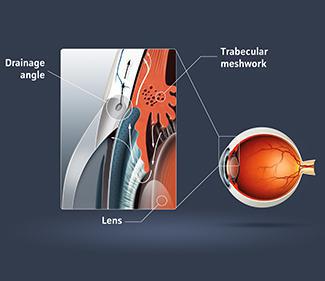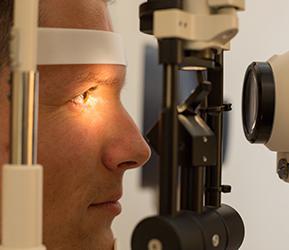Which form of glaucoma do I have?
There are several different forms of glaucoma. Some of them are easier to identify because the symptoms are more noticeable. During your eye exams at VIP Laser Eye Center, the team can inform you if you have:
Open-Angle Glaucoma
If you have open-angle glaucoma, the most common form, the drainage system, called the trabecular meshwork, is partially blocked. This can result in elevated eye pressure, causing slow degeneration of your optic nerve. Initially, you may develop small blind spots in your peripheral vision that can go unnoticed. This disease has the best prognosis when caught early, before noticeable, irreversible nerve damage and vision loss has occurred. The only way to detect early signs and vision loss is with testing and an thorough exam by your ophthalmologist.
Angle-Closure Glaucoma
Angle-closure glaucoma can develop slowly or very quickly. Acute angle-closure glaucoma, which is an emergency, is caused by a sudden complete blockage of the drainage system and results in a sudden increase in eye pressure leading to severe pain and rapid vision loss if left untreated. Chronic angle-closure glaucoma, on the other hand, is more like open angle glaucoma in that it develops slowly over time and may be asymptomatic until late in the disease when irreversible vision loss has already occurred.
Normal-Tension Glaucoma
Normal-tension glaucoma is a type of glaucoma in which optic nerve damage and vision loss occur despite having eye pressure within the normal range for the population. Experts don’t know the exact cause, but it is more difficult to treat than other forms of glaucoma. Lowering your eye pressure with drops or other modalities can still help prevent the progression of the disease.
Pigmentary Glaucoma
Pigmentary glaucoma is a less common form of glaucoma that occurs when pigment particles from your iris build up in the drainage system. Often, your doctor can identify the reason for the pigment build up and treat the underlying cause to prevent glaucoma progression.



